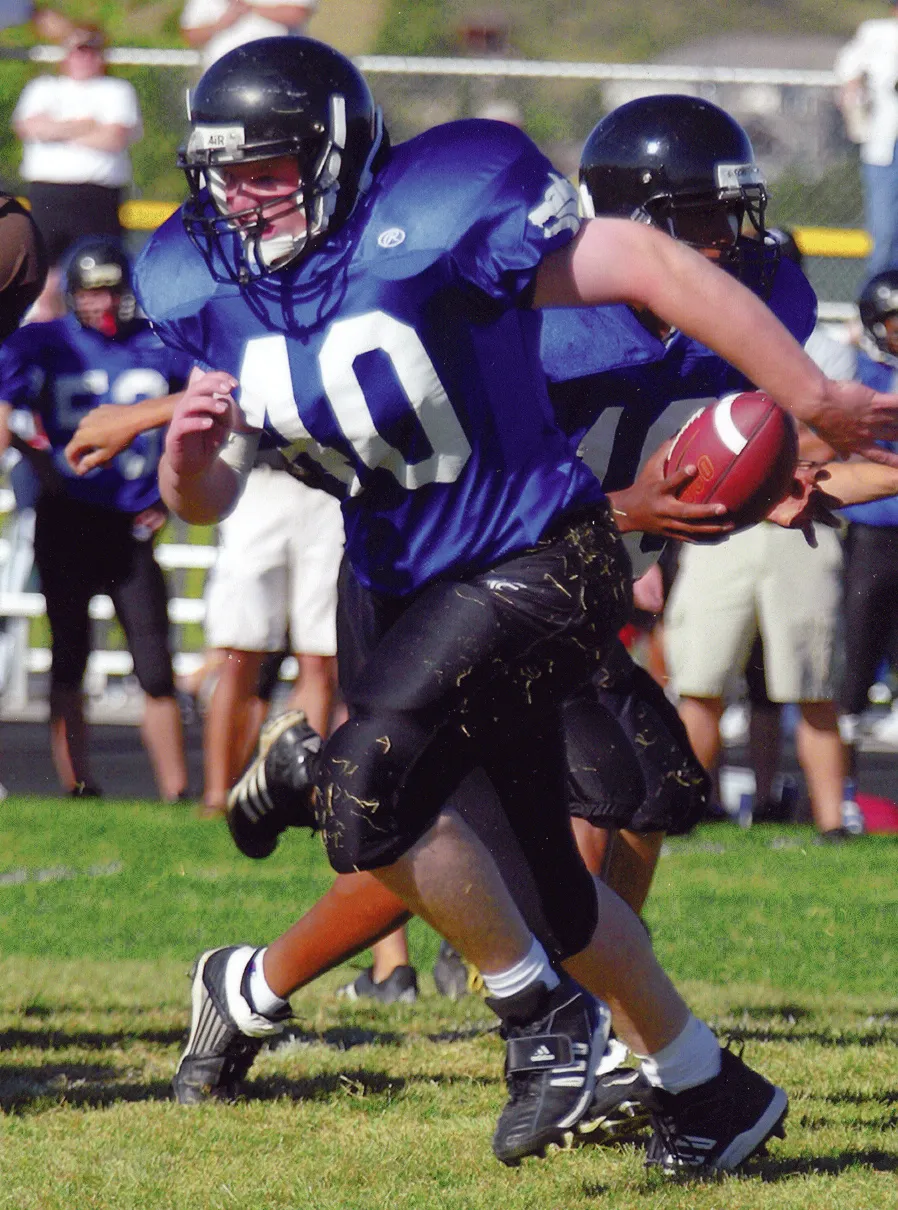STEP ONE: REMOVE student/athlete from high risk physical activities. REDUCE school demands and home/social stimulation.
Once a concussion has been diagnosed:
The biggest concern with concussions in children/teens is the risk of injuring the brain again before recovery. This is called “Second Impact Syndrome,” and it is thought to occur when an already injured brain takes another hit resulting in possible massive swelling, brain damage and/or death. The concussed brain is in a vulnerable state, and a minor impact can result in a severe injury with risk of permanent brain damage, or even death. Therefore, once a concussion has been identified, it is critical to REMOVE a student/athlete from high risk physical activity, including in PE classes, dance, recess, recreational and club sports until medically cleared.
Secondly, while the brain is still recovering, all school demands and home/social stimulation should be reasonably REDUCED (not eliminated completely) and then slowly brought back up over 4 weeks. Reducing demands on the brain will help recovery.
Family Team
- REMOVE student from high risk physical activity immediately, including play at home (i.e. playground, bikes, skateboards, rough housing with siblings), recreational, and/or club sports.
- REDUCE or limit home/social stimulation. Do not totally restrict electronics and social activities; make a reasonable home plan.
- Encourage REST for the first few days followed by a gradual re-introduction of cognitive, social and home activities.
School Team Physical
- REMOVE student from high risk physical activity immediately.
- Support REDUCTION of school demands and home/social stimulation.
- Provide encouragement to REST and take the needed time to heal.
School Team Academic
- REMOVE student from high risk physical activity at school, including PE, recess, dance class.
- REDUCE or limit school demands. Do not totally restrict academic expectations. (See ADJUST/ACCOMMODATE for Educators).
- Encourage “pacing” breaks at school - 5 to 10 minute eye/brain breaks in the classroom.
- Allow "strategic rest breaks" 1X mid-morning and/or 1X mid-afternoon - strategic rest breaks are 20 minute proactive breaks in a quiet setting (i.e. counselor office, school clinic).
Healthcare Provider Team
- REMOVE student from high risk physical activity immediately.
- RULE-OUT more serious medical issues including severe traumatic brain injury. Consider risk factors – evaluate for concussion complications.
- Support REDUCTION of school demands and home/social stimulation.
- Encourage REST for the first few days followed by a gradual re-introduction of cognitive, social and home activities.
Recent guidelines indicate that the introduction of light cardio activity, early post-injury and while the student is still symptomatic, can be therapeutic and promote recovery. However, introducing early cardio activity IN A SCHOOL setting (i.e. in a PE class and/or at recess) will be limited by the individual school’s/district’s capacity to have trained staff available to monitor student safety. Ultimately, a school/district may exercise the prerogative to say no to rehabilitative cardiovascular activity in a school setting based upon safety factors - their level of school resources, staff availability and physical space.
Jake Snakenberg

April 19, 1990 – September 19, 2004
In the Fall of 2004, Jake Snakenberg was a freshman football player at Grandview High School. He likely sustained a concussion in a game the week prior, however, he did not fully understand that he had experienced a concussion, and he did not report his symptoms to anyone.
One week later, Jake took a typical hit in a game, collapsed on the field and never regained consciousness. Jake passed away from “Second Impact Syndrome” on September 19, 2004.